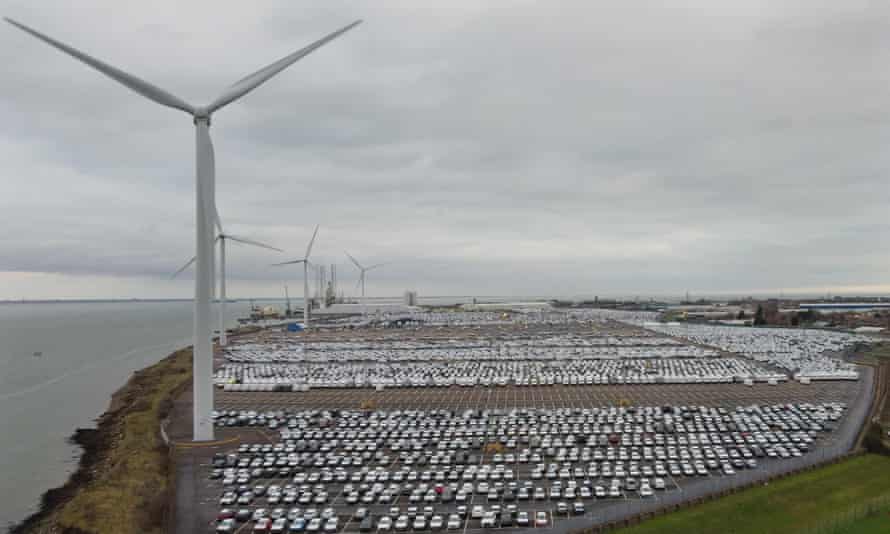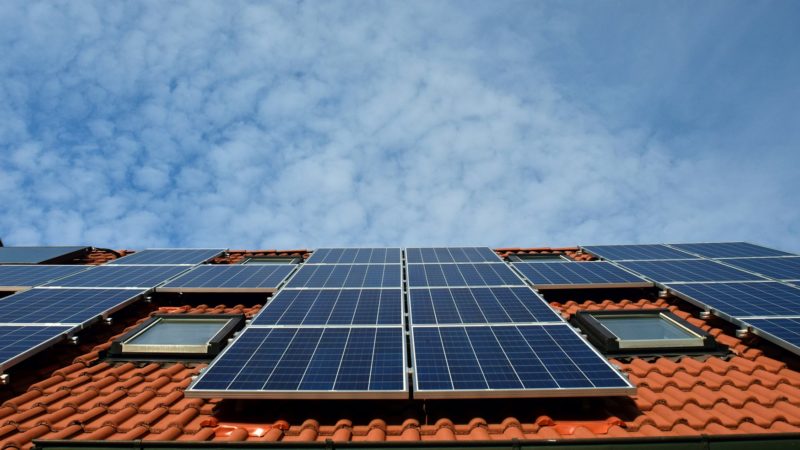Britain has promised net zero – but it’s on track to achieve absolutely nothing
Despite producing ambitious targets, governments have failed to tackle the big environmental issues over the past 15 years

Every week governments make headline announcements about saving the planet, and every week their small print unsaves it. The latest puff by the G7 is a classic of this genre. Apparently, all seven governments have committed “to conserve or protect at least 30% of the world’s land and at least 30% of the world’s ocean by 2030”. But what does it mean? The UK, which says it secured the new agreement, claims already to have “conserved or protected” 26% of its land and 38% of its seas. In reality, it has simply drawn lines on the map, designating our sheepwrecked hills and trawler-trashed seas “protected”, when they’re nothing of the kind. This is the way the world ends. Not with a bang but a press release.
All governments do this, but Boris Johnson’s has perfected the art. It operates on the principle of commitment inflation: as the action winds down, the pledges ramp up. Never mind that it won’t meet the targets set by the fourth and fifth carbon budgets: it now has a thrilling new target for the sixth one. Never mind that it can’t meet its old commitment of an 80% cut in greenhouse gas emissions by 2050. Instead, it has promised us “net zero” by the same date. Yes, we need more ambition, yes, the government is following official advice, but ever higher targets appear to be a substitute for action.
Fifteen years ago, I wrote a book called Heat. I tried to work out how far we would have to cut greenhouse gases to fulfil our international obligations fairly, and how we could do it without destroying the prosperity and peace on which success depends. The best estimates at the time suggested that if the UK were justly to discharge its responsibility for preventing climate breakdown, we would need to cut our emissions by 90% by 2030.
Researching the preface for a new edition, I wanted to discover how much progress we’ve made. An article in the journal Climate Policy uses a similar formula for global fairness. Its conclusion? If the UK were justly to discharge its responsibility for preventing climate breakdown, we would need to cut our emissions by 90% by 2030. And by 2035, it says, our emissions should reach “real zero”. In other words, in terms of the metric that really counts, we have gone nowhere. The difference is that we now have nine years in which to make the 90% cut, instead of 24.
How could this be true, given that the UK has reduced its greenhouse gas emissions by 49% since 1990? Surely we’ve been a global leader on climate action?
It’s partly because we now know that limiting global heating to 2C commits us to a dangerous world. In theory, governments have accepted a more stringent target of 1.5C. But it’s also because, if we ignore the impact of the pandemic, our reduction of greenhouse gases has stalled.
We did the easy things first. Coal-burning power stations were replaced with gas, and some of the gas with renewables. This makes no difference to most people: when we flick the switch, the lights still come on. But almost all the other reductions must involve us directly. They won’t happen unless the government mobilises the nation: encouraging us to drive less and use our feet, bicycles and public transport more; taxing frequent flyers; refitting our homes; reducing the amount of meat we eat; reducing the emissions embedded in the stuff we buy. On these issues, the government’s commitment to action amounts to zero. Not net zero. Absolute zero.
Road transport in the UK releases the same amount of greenhouse gases as it did in 1990: a shocking failure by successive governments. Yet Johnson intends to spend another £27bn on roads. Every major airport in the UK has plans to expand.
Buildings release more greenhouse gases than they did in 2014, and the schemes intended to green them have collapsed. The green homes grant, which the government outsourced to a private company, has been a total fiasco, meeting roughly 8% of its target. At the current rate of installation, the UK’s homes will be equipped with low-carbon heating in a mere 700 years.
When I wrote Heat, we were promised that all new homes would soon be green ones. It still hasn’t happened, and the date has been pushed back yet again, this time to 2025. Rubbish homes are still being built, which will either require a much more expensive refit or will lock in high emissions for the rest of their lives.
And no one in government wants to touch the biggest issue of all: the greenhouse gases embedded in the stuff we buy, which account for some 46% of our emissions. Government ministers urge China to cut its greenhouse gases, but our economic model depends on us buying junk we don’t need with money we don’t have. Because the fossil fuels required to produce most of it are burned overseas and don’t appear in our national accounts, the government can wash its hands of the problem.
But something has changed for the better: us. In 2006, climate campaigners beat their heads against public indifference. Now, at last, we have mass movements, and some highly effective actions, such as the successful shutdown of the McDonald’s network by Animal Rebellion last week. If there is hope, this is where it lies.











